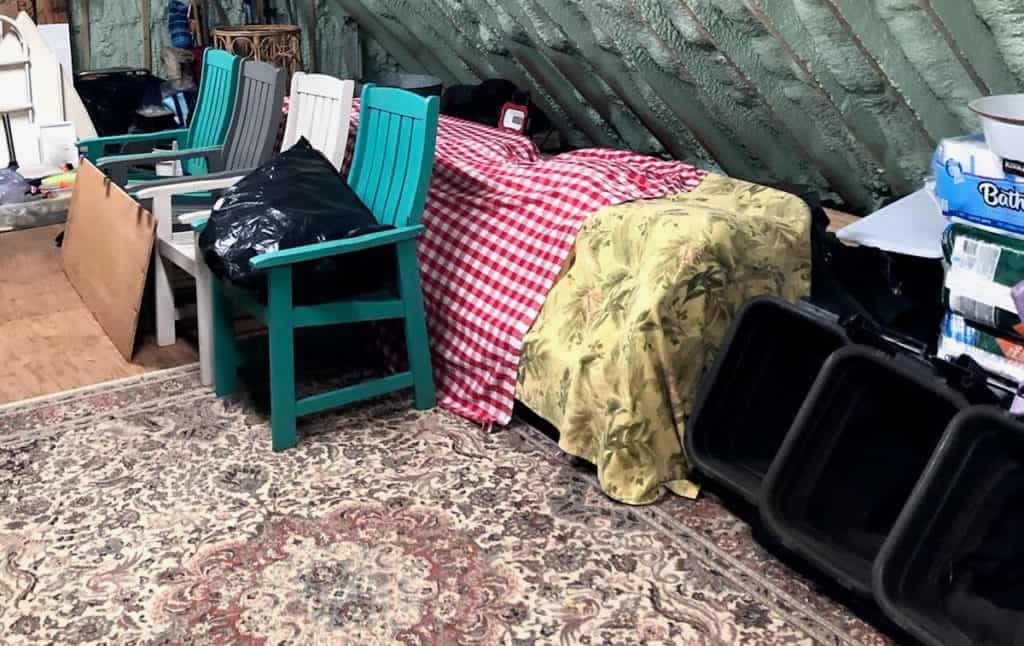Trying to figure out how humid your basement should be? How long and hard should you run your dehumidifier? Here are our thoughts.
The right humidity level for a basement depends on the type of basement you have, how you use it, and the things you store in the basement.
It might seem obvious, but if you store items that are sensitive to humidity differences such as documents, collectibles, or wood products, then you want to keep the humidity level as low as possible (within reason of course). By keeping the humidity low, it helps to prevent mold from growing and mildew from forming.
Other basements, like those used as work spaces and unfinished basements might be much less sensitive to humidity, especially if you don’t spend much time there, don’t use them for storage, and don’t have mold/mildew issues.
What Is The Recommended Humidity Level For Basements?
The recommended humidity level for most basements is 40%. This is the humidity level where mold won’t appear and it won’t be impossible to maintain.
You can measure your humidity using an inexpensive thermometer and hygrometer combination. These start at about $10.
How Can I Lower Humidity In A Basement?
There are several ways to lower humidity levels in a basement. One of the best ways is to have a dehumidifier. Dehumidifiers are great because they help to lower the humidity in the basement so that mold and mildew are less likely to grow and they prevent that musty basement smell from appearing.
Dehumidifiers work with a fan and pump. The fan pulls the air through the filter and moisture is drained from the air. The pump then transports the water into an internal bucket or to a pump then a sink and the outside of the house.
A good dehumidifier removes about 2 to 10 gallons of water from the air each day, depending on the size of the basement, the dehumidifier setting, and the level of moisture in your basement. Dehumidifier are designed for different sized rooms. You will need to measure the room and find the total area.
More Reading: Check out our dehumidifier buying guide.
There are also dehumidifiers that you can hang outside the basement windows. The window dehumidifiers work by pulling the moisture from the air and draining it into the drain hose. It then transports the water outside the house. The window dehumidifiers are great for those who want to drain the water outside of the house.
There are also products that absorb moisture from basements, like DampRid. These will absorb moisture from the air the same way that a desiccant packet works — by using little beads that pull moisture from the air and hold onto it. Solutions like these work at small scale and can help other methods, but they won’t be able to replace a working dehumidifier.
[popup_anything id=”2069″]

